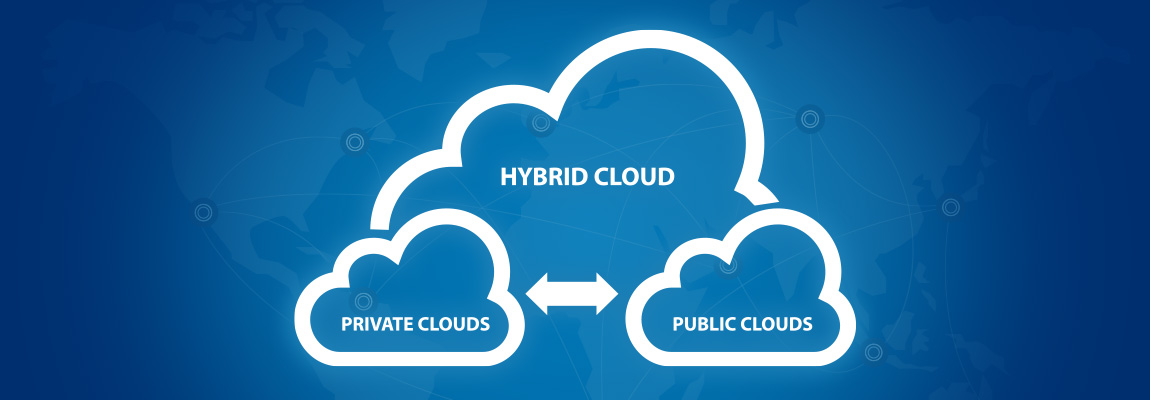The Cloud and COVID-19: Enterprises will continue to blend private and public
 Which of these statements is true in the time of the pandemic?
Which of these statements is true in the time of the pandemic?
“Public clouds are the saviour of enterprises as their private clouds crumble under the pressure.”
“Public clouds face capacity limits, making private cloud investment a priority for the enterprise.”
Few enterprises consider public cloud versus private cloud to be an all or nothing proposition. Instead, they continue to operate with a hybrid setup that delivers the best of both worlds. COVID-19 makes it very likely that this will continue. We will even be so bold as to predict that private cloud infrastructure may enjoy a resurgence in popularity.
On the one hand, we have this wholly reasonable assessment from Robert Rhame, director of market intelligence at cloud data management software provider Rubrik:
“Most organisations have only moved tactical business functions to either SaaS or public cloud. The decision to retain business-critical applications in their own data centre in order to have lower latency and more control over performance gets turned on its head when suddenly the offices are empty and all employees must work from home.”
On the other hand, there have been situations where public clouds have hit capacity limits. MS Azure, for example, recently had to impose service rationing measures to address data centre capacity shortages.
This new demand pressure thanks to social distancing and new legions of remote workers, is bound to pay big dividends for the vendors that build and supply servers for cloud data centres. Service providers are already expanding their infrastructure to meet surges in demand, but the same old public cloud concerns with cost and sprawl continue to apply.
Aside from any capacity issues faced cloud service providers, there may also be a desire among enterprises to exercise fiscal restraint and delay spending as they gauge the economic impact of the pandemic. Projects that were on deck for 2020 to migrate private and on-premise data centre functions to a public cloud, for example, may be affected.
All of which means enterprises continue to weigh which combination of public and private resources best suit their ever-shifting needs and are turning to their MSPs for help.
This has left many of the MSPs that we have talked to recently scrambling to keep up with the demand to provide additional private cloud support and to provision expanded capabilities. Capacity, security and backup – always of concern for a private cloud network – have taken on new crisis-level significance in many cases.
The bottom line is that an MSP must be flexible and adaptable. There is nothing like a sudden spike in customer demand to shine a harsh light on the where an MSP’s business is strong and where it is weak.
If you are an MSP provisioning private and hybrid cloud services from some combination of Veeam/VMware/VMC on AWS, the past few weeks may have revealed your weak spots. Perhaps they pertain to provisioning, metering and billing, and the capacity limits of your team thanks to outdated manual processes that have them spending too much time with too few clients.
If so, isn’t it time for an upgrade? To deploy an intelligent, automated platform that will eliminate the bottlenecks in your workflows, and your cashflow?
Your customers are learning some hard business continuity lessons thanks to COVID-19. It’s in your best interests to be prepared for how their perspective and expectations around cloud services will have changed as a result.






